In the ever-evolving world of technological marvels, an exciting fusion has begun. Artificial intellect, as vast as the cosmos, now nestles in vessels moulded in our image – the human-shaped machines. As calculating skills and empathetic hearts unite, a milestone is being reached on the road to combining thinking flesh with cognitive steel. The gap between soul and circuitry becomes smaller and weaker – an encounter between the mechanical and the mortal mind. With the merging of humanoid and artificial intelligence (AI), a transformation has begun that will reshape the fabric of our communities. How will our world change when robots walk among us, wise in ways that are both strange and painfully familiar? If steel can marvel and ponder as we humans do, what doors will open to an unseen future? The boundaries between human and machine are blurring, the merging of artificial intelligence and humanoid robots is setting in motion a transformative journey that promises to reshape the fabric of our society.
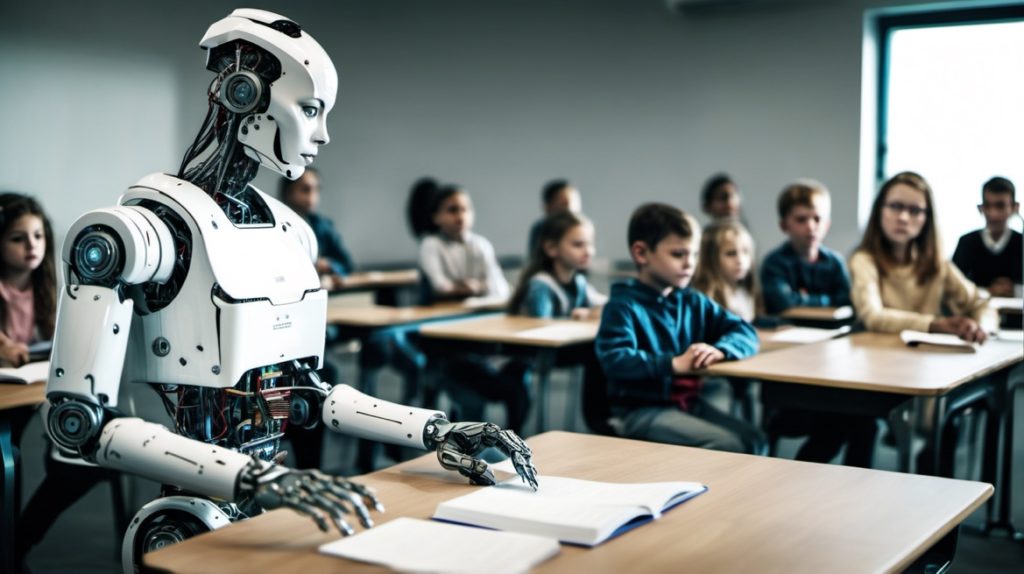
Artificial intelligence, often referred to as the ‘brain’ of the future, is a branch of computer science that aims to create machines capable of performing tasks that would normally require human intelligence. These tasks include learning, logical thinking, problem solving, perception and language comprehension. Artificial intelligence has already made great strides in various fields, from voice assistants such as Siri and Alexa to self-driving cars and advanced medical diagnoses.
On the other hand, humanoid robots are machines that are modelled on the human body in terms of shape, appearance and functionality. They are equipped with sensors and actuators that mimic the human senses and movements and enable them to interact with their environment in a similar way to humans. Humanoid robots can be used in various fields, such as manufacturing, healthcare, entertainment and even space exploration.
| THE CONVERGENCE: AI & THE HUMAN FACTOR
The integration of artificial intelligence and humanoid robots is a natural step towards creating machines that function more like humans. By combining the cognitive capabilities of AI with the physical capabilities of humanoid robots, machines can be created that not only think but also act like humans. And the race is indeed on for the creation of such robots; many leading technology companies, research institutions and universities worldwide are investing considerable resources into this field.
Europe is one of the leading regions in the development of artificial intelligence and humanoid robots. The European Union has identified AI and robotics as key strategic areas for investment and research that have the potential to boost economic growth, improve productivity and tackle societal challenges.
At a political level, the EU has published several strategies and guidelines to promote the ethical and sustainable development of AI and robotics. These include the “Coordinated Plan for Artificial Intelligence” and the “Ethical Guidelines for Trustworthy AI”. The EU also funds numerous research projects in these areas through programmes such as Horizon 2020 which was the EU’s research and innovation funding programme from 2014-2020 with a budget of nearly 80 billion euros. Its successor, Horizon Europe is the largest EU research and innovation funding programme to date, with a budget of 95.5 billion euros for the period 2021-2027.
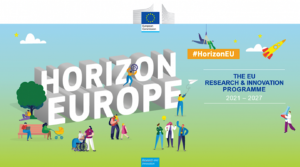
The main objective of Horizon Europe is to promote scientific excellence, technological innovation and societal impact through funding opportunities for research and innovation projects. It is built on three pillars:
Excellent Science: this pillar supports basic research projects, including the European Research Council (ERC) and the Marie Skłodowska-Curie Actions (MSCA). It also includes the funding of research infrastructures and the development of research and innovation capacities.
Global challenges and European industrial competitiveness: This pillar focuses on tackling major societal challenges and promoting industrial competitiveness by funding research and innovation projects in areas such as health, energy, digital technologies and climate change. It also includes the European Innovation Council (EIC), which supports breakthrough and disruptive innovation.
Innovative Europe: This pillar aims to promote innovation through the European Institute of Innovation and Technology (EIT), the European Innovation Council (EIC) and other initiatives to support the commercialisation of research results and the creation of new businesses.
Horizon Europe also includes a new component called “Widening Participation and Strengthening the European Research Area”, which aims to increase the participation of underrepresented countries and regions in the programme and strengthen the European Research Area.
The programme is open to participants from all EU Member States, associated countries and third countries. It offers funding opportunities to a wide range of stakeholders, including universities, research organisations, SMEs and large companies.
Horizon Europe is expected to play a key role in realising EU policy priorities such as the European Green Deal and the digital transition, as well as in supporting the recovery from the Covid-19 pandemic. It is also expected to contribute to the achievement of the United Nations Sustainable Development Goals (SDGs).
| AI & ROBOTICS
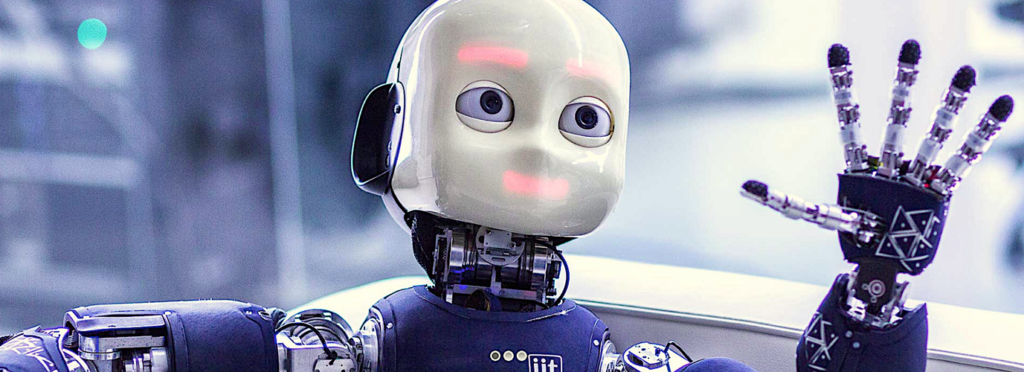
On top of this, there are several leading research institutions and companies in Europe, actively working in the field of AI and humanoid robots. For example, the Italian Institute of Technology has developed the iCub, a humanoid robot that can learn from its environment like a child. The German Aerospace Centre (DLR) has developed the Rollin’ Justin robot, which is able to learn and adapt to new tasks. The French company Aldebaran Robotics (now SoftBank Robotics) has developed Pepper, a humanoid robot for customer service.

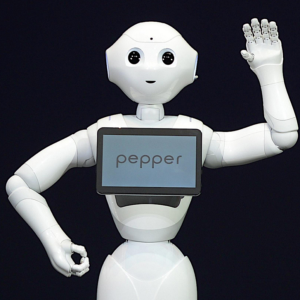
However, Europe is also facing challenges in this area. These include competition from other regions such as the USA and Asia, concerns about job displacement and ethical considerations relating to data protection and security. Despite these challenges, Europe remains at the forefront of AI and humanoid robot development, with a focus on ethical and sustainable innovation.
However, the latest groundbreaking initiative in this area has taken place in the United States. In a momentous move, American robotics pioneer ‘Figure’ has recently entered into a cooperation pact with the mighty forces of OpenAI, leading to a significant convergence of minds. Their shared vision? To forge a new era of AI modelling and breathe life into Figure’s humanoid robots.

But the stars are aligning even better, as the company has secured an impressive $675 million injection of capital. This monumental funding round, involving luminaries such as OpenAI, the indomitable Jeff Bezos, tech titan Microsoft and the formidable Nvidia, heralds a new era of growth and potential.
With this newfound financial vitality coursing through its veins, Figure’s development timetable shoots forward, fuelled by the winds of opportunity. The future holds tantalising prospects as the company uses its expanded resources to blaze a trail of innovation and progress. The stage is set for Figure to scale the heights of success and leave an indelible mark in the annals of technological advancement.
Located in Sunnyvale, California, Figure burst onto the scene in 2022, fuelled by a remarkable $100 million in seed capital. In a meteoric rise, this robotics company has quickly joined the pantheon of the fastest growing companies of the last decade.
With its unwavering focus on AI-driven humanoid robots, Figure has dared to dream big, pushing the boundaries of innovation and paving the way to a future where machines coexist seamlessly with humans. Against all odds, the bold goal of developing bipedal models was achieved in the blink of an eye – a testament to the relentless dedication and technological prowess that characterises the company.
The ‘FIGURE 01’ prototype took centre stage at the beginning of 2024, captivating the world with its impressive capabilities. Through the power of observation alone, this creation learnt to master tasks with an elegance that defies convention. Figure’s relentless pursuit of excellence has produced a marvel that blurs the boundaries between the artificial and the organic, leading us into a future where the unimaginable becomes reality.
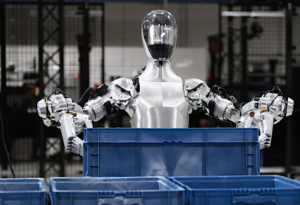
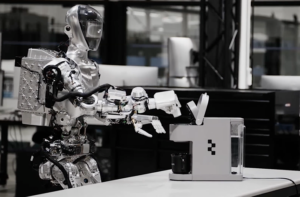
Figure’s remarkable progress in the field of robotics has attracted the attention of an illustrious consortium of investors, including industry giants such as Microsoft, OpenAI Startup Fund, Nvidia, Amazon Industrial Innovation Fund, Jeff Bezos (via Bezos Expeditions), Parkway Venture Capital, Intel Capital, Align Ventures and ARK Invest. Their resounding vote of confidence has helped Figure soar, culminating in $675 million in funding – an extraordinary achievement for an up-and-coming startup.
This monumental influx of capital has given Figure a valuation of $2.5 billion, a testament to the visionary foresight and boundless potential pulsing at the core of the company. With its coffers full, Figure is now poised to unleash its visionary creations on the world stage, reshaping the landscape of robotics and paving the way to a future where humans and machines coexist in harmonious symbiosis.
“Our vision at Figure is to introduce humanoid robots into commercial operations as soon as possible. This investment, combined with our partnership with OpenAI and Microsoft, ensures that we are well-prepared to bring AI into the world and have a transformative impact on humanity,” explains Figure founder and CEO Brett Adcock in a statement. “AI and robotics are the future, and I am grateful to have the support of investors and partners who also believe in being at the forefront,” he added.
| A BOOST FOR THE USE OF HUMAN ROBOTS
Figure’s groundbreaking alliance with OpenAI gives Figure’s robots an unrivalled technological edge in the field of generative AI. While other technology groups have made remarkable progress in developing powerful, large-scale language models, the groundbreaking pioneers behind Generative Pre-trained Transformer (GPT) models continue to lead the field.

Furthermore, Figure’s collaboration with OpenAI goes beyond the use of existing technologies. It includes the development of customised models that are explicitly tailored to improving the capabilities of humanoid robots. These specialised models are designed to give robots an unparalleled ability to quickly understand and infer natural language, paving the way for seamless and intuitive interactions with their human counterparts.
This targeted endeavour is a strategic step forward in bridging the gap between humans and machines. By equipping Figure’s robots with enhanced language processing capabilities, the collaboration with OpenAI sets the stage for a future in which human-robot interaction transcends boundaries and enables a harmonious coexistence between the artificial and the organic.
Figure’s remarkable advances have caught the attention of OpenAI and sparked a shared vision of seamlessly integrating humanoid robots into everyday life and represents a shared commitment to pushing the boundaries of humanoid robotics and harnessing the power of advanced multimodal models. This partnership has the potential to unlock new possibilities and enable humanoid robots to fulfil a variety of tasks and integrate seamlessly into different aspects of daily life.
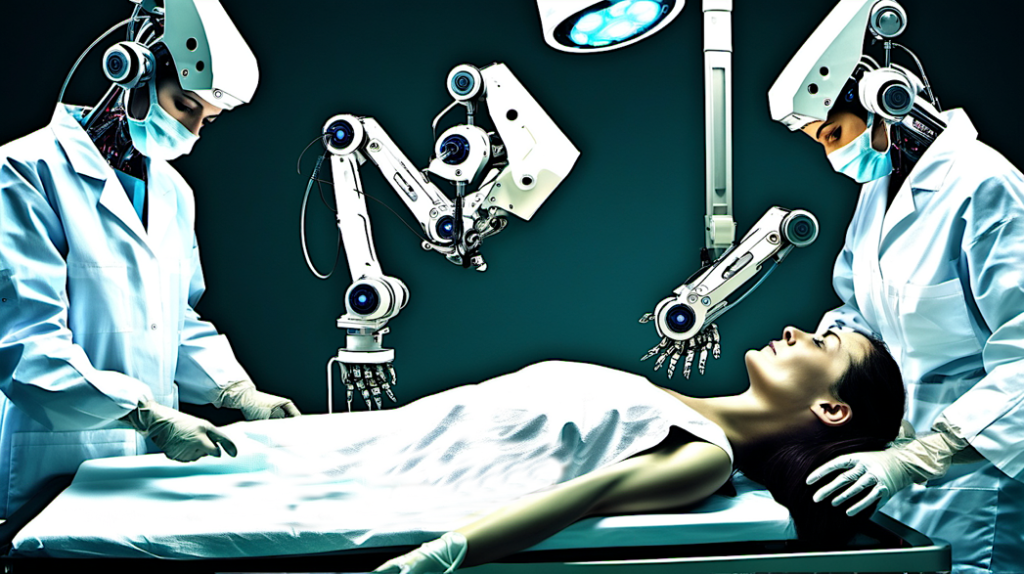
In addition, Figure will benefit from the robust infrastructure, training and storage capabilities of Microsoft Azure. By working with Microsoft’s cloud computing platform, Figure can realise the full potential of its AI models and provide the necessary computing resources for training and storage. By utilising the impressive capabilities of Microsoft Azure, Figure can accelerate its research and development efforts and drive the integration of humanoid robots into our daily lives.
As Figure continues its pioneering work in the field of humanoid robotics, it is important to recognise the impressive progress made by other companies in this dynamic field. Sanctuary AI, a Canadian company, has received widespread recognition for its remarkable creation, Phoenix, which has pushed the boundaries of what humanoid robots can achieve. Meanwhile, Tesla has made a splash with its own impressive creation, Optimus, attracting attention with its ground-breaking features and capabilities. Agility Robotics is not far behind and has generated considerable excitement with its Digit model, which demonstrates the remarkable potential of agile and dexterous robotic platforms.
In a significant collaboration, Agility Robotics has joined forces with industry giant Amazon, setting the stage for groundbreaking advances in humanoid robotics. Behind the partnership are ambitious plans to build the world’s first mass production facility dedicated solely to humanoid robots. This upcoming milestone is of great significance and represents a key moment in the development of robotics that will reshape entire industries and redefine the limits of what machines can do.
The construction of such a facility represents a paradigm shift and marks the transition from limited scale production of humanoid robots to a new era of large-scale manufacturing. The potential impact is far-reaching, paving the way for greater accessibility and the use of these advanced robotic systems in various sectors.
By combining Agility Robotics’ expertise in developing cutting-edge humanoid robots with Amazon’s vast resources and far-reaching influence, this partnership promises to catapult the field of robotics to unprecedented heights. The planned mass production facility represents a transformative leap forward, unlocking the potential for greater integration of humanoid robots into various applications, revolutionising industries and charting a bold new course for the future of automation.
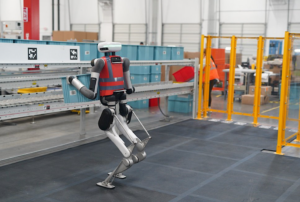
As the field of humanoid robotics continues to expand, each company brings its unique vision and expertise, bringing us closer to a future where these remarkable creations integrate seamlessly into our daily lives.
Strengthened by recent agreements with prestigious investors, Figure is in a position to realise its ambitious development plans. Even before the official launch of the first fleet of robots, the company has already signed a significant commercial alliance with BMW Manufacturing. This ground-breaking collaboration sets the stage for Figure’s humanoid robots to revolutionise the automotive manufacturing landscape.
With the capital infusion, Figure is able to intensify artificial intelligence training, enhance the robots’ capabilities, expand the engineering team and accelerate commercial deployment efforts. These strategic investments lay the foundation for a future full of possibilities.
The convergence of artificial intelligence and humanoid robots is a ground-breaking combination that holds great promise for the future. As these technologies evolve, we are on the cusp of a new era in which intelligent machines integrate seamlessly into our daily lives.
With their ability to perceive, learn and interact, these humanoid robots equipped with artificial intelligence have the potential to revolutionise industries, change labour markets and redefine our relationship with automation. The combination of artificial intelligence and humanoid robots opens up a world of unlimited possibilities and paves the way for a future in which humans and machines – if able to coexist harmoniously – could push society to new frontiers of innovation and progress.
Nevertheless, we must be careful on this transformative journey and take into account the ethical considerations that accompany such profound advances. The path to harmonious coexistence requires a delicate balance that fosters innovation while protecting the values that define our humanity.

